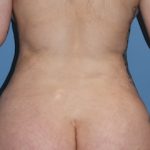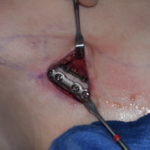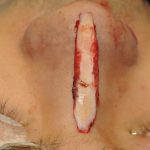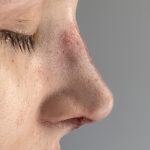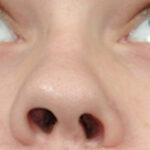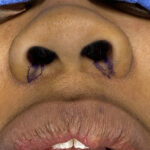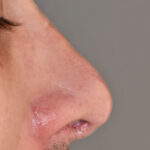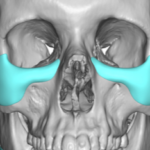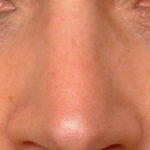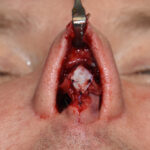The Benefits of Dorsal Restoration in Hump Reduction Rhinoplasty
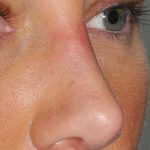
Rhinoplasty is a collection of a variety of tissue manipulations to reshape the nose. Almost invariably to undertake these manipulations portions of the nose must be dismantled and then put back together again, either being reduced, augmented or simply reshaped.. This is no better illustrated the when it comes to dorsal reduction, one of the Read More…

